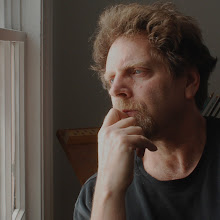

More mosaics in Galerie Vivienne. Then look directly up and another circle meets the eye.
Of pattern, what may be said? The risk is that we dismiss it as simply ornamental. Not at all. As often as I have mulled the question over in my mind, I may never grasp what pattern really means or why it is so ubiquitous. Why, for instance, are circular patterns so often affliliated with religious mysticism. (Look back to my short piece on Jung's mandalas.) A wise, good friend and accomplished writer is very big on the importance of stories to human well-being. They are an essential social nutrient that he feels we are quickly losing. He is quite right. For centuries, painters and sculptors tried to emulate stories as a way of grafting their structure and gravity onto a canvas or wall. In a minor way, they succeeded. A portrait is a short story. Also, perhaps, a landscape. Or a scene from a story we recognize. At least they are fractions of stories.
Then came Modernism. Artists at last came to grips with the shortcomings of story-imitation, subordinating art, as it did, to literature. Instead, they re-discovering what architects and textile designers had never forgotten, that a far richer visual equivalent of story-telling was to be found in pattern-making; that patterns contained the same evocations of structural coherence (just look at a textile design by Annie Albers) and the intricate, progressive weave of things, that in literature narrative did.

No comments:
Post a Comment